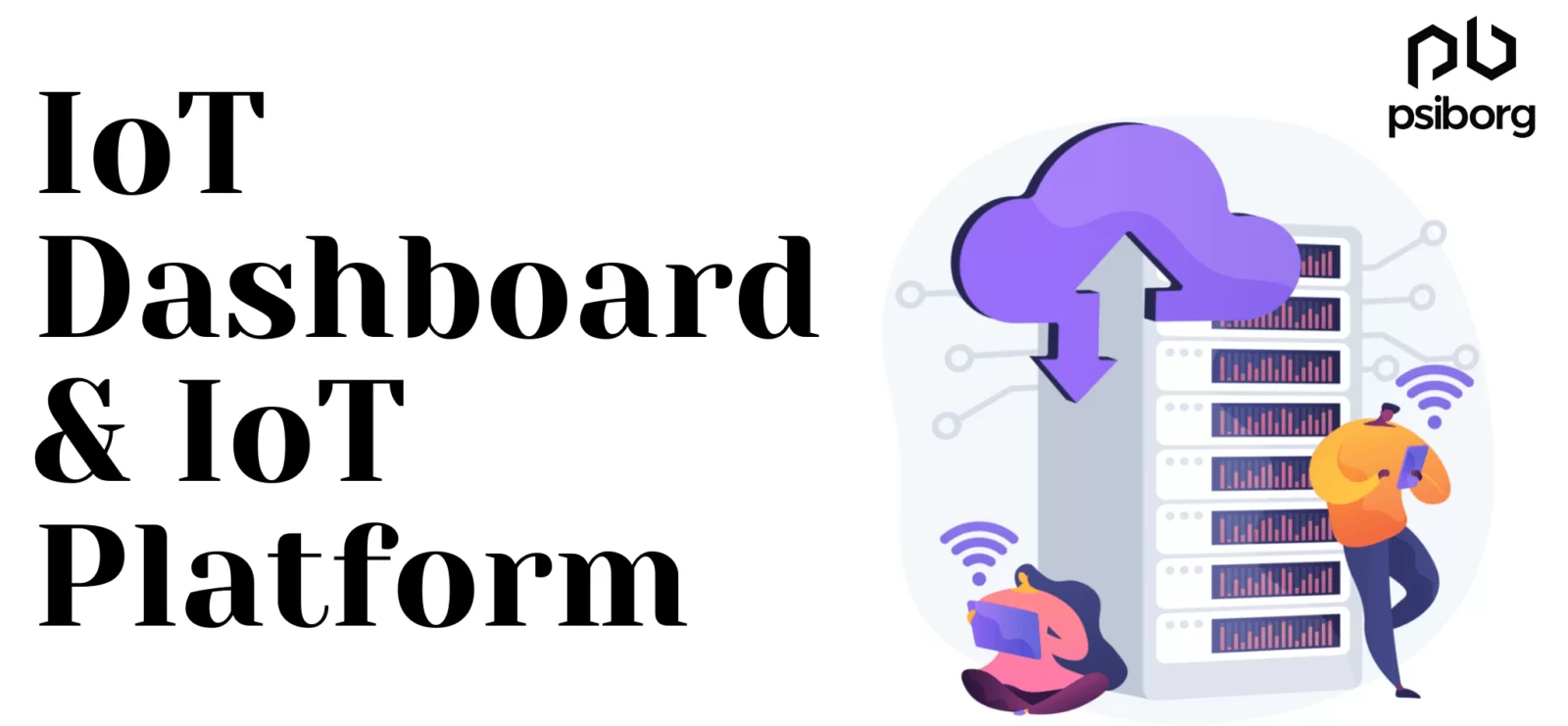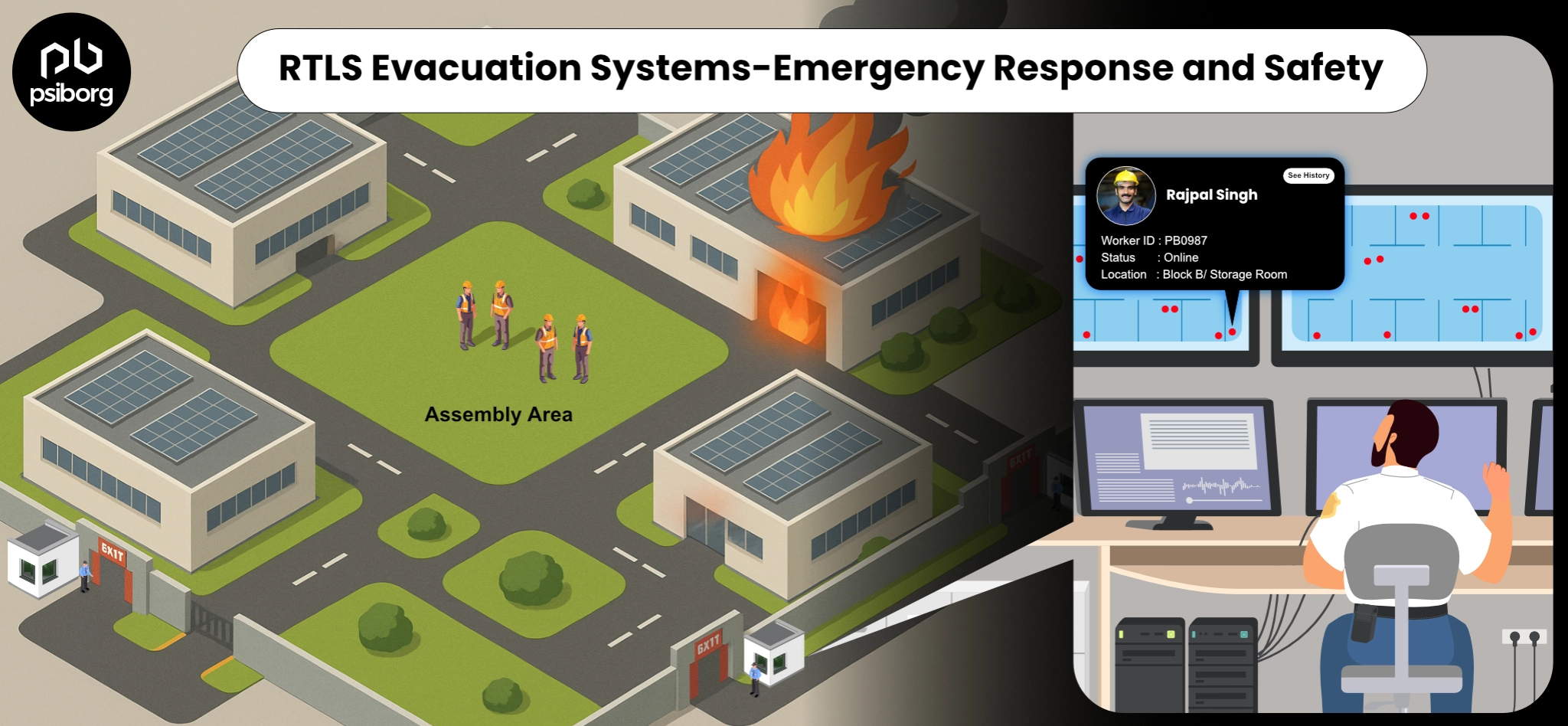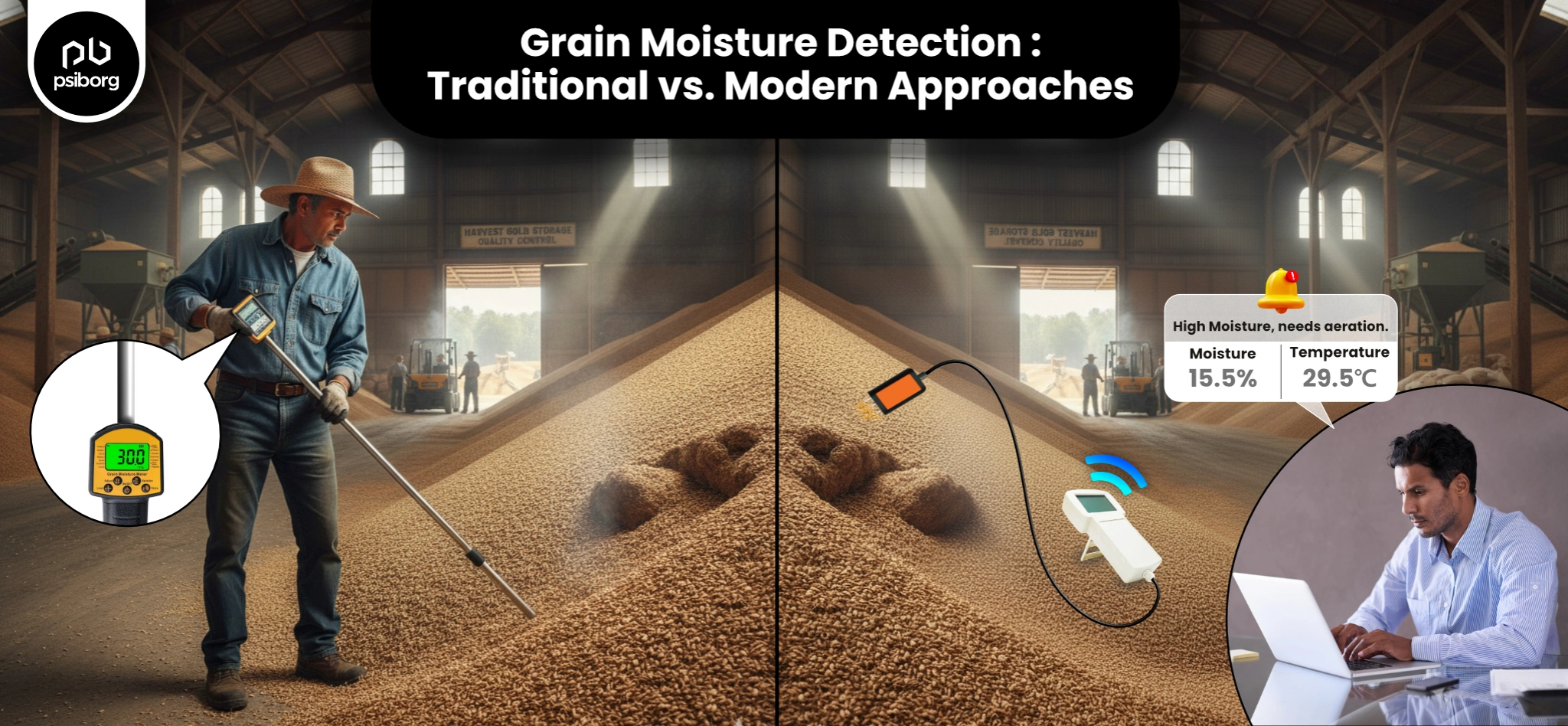Many people, while referring to the IoT technology, use IoT Dashboard and IoT Platform interchangeably. What they don’t know is that there is a difference between IoT Dashboard and IoT Platform.
WHAT IS AN IOT DASHBOARD?
An IoT Dashboard is a web-based tool for data visualization that collects, displays, and organizes the collected data from sensors and hardware components and either provides the data to the user in a human-readable format that can be easily interpreted or stored in the cloud.
WHY IS THE IOT DASHBOARD USED?
- Data Visualization in IoT Dashboard
- Data Organization
- Data Storage
DATA VISUALIZATION
It is a known fact that an average person can comprehend data more effectively by seeing than reading. Hence, the IoT Dashboard transforms the collected data into effective visualizations for us to understand the data easier and faster.
Common types of effective data visualizations are line graphs, bar charts, heat maps, summary/status, geographical maps, gauges, etc.
DATA ORGANIZATION
As the primary purpose of the IoT Dashboard is to visualize data, it is important for it to be able to organize the data into an understandable format. Data should be organized in such a way that emphasis should be drawn towards the important information by adding size, color, and other visual effects. The dashboard groups data from individual sensors together and emphasizes them for us to understand the data better.
DATA STORAGE
The majority of the IoT sensors are lightweight and small, with limited built-in storage. But sometimes the data needs to be analyzed over time, so some dashboards are coupled with their own data stores while some others are configured to work with a variety of data storage systems including local databases.

WHAT IS AN IOT PLATFORM?
As opposed to an IoT Dashboard, an IoT platform is a group of technologies that provide the building blocks for developing an IoT product. The ultimate goal of an IoT Platform is to provide all the generic functionalities so that you can focus on building the features of the products.
IoT Platforms handle the ongoing management of the product, act as the middleman and allow the user to completely automate the environment.
THINGS TO CONSIDER WHILE SELECTING AN IOT PLATFORM
Another difference between IoT platforms and dashboards is that dashboards can be built, but platforms are provided by companies. There are different hardware specifications, protocols, etc that need to be considered before choosing a platform.
- Budget
- Specific business needs
TYPES OF IOT PLATFORMS
APPLICATION ENABLEMENT AND DEVELOPMENT
This platform includes templates, modules, and widget-based frameworks in order to create actual end-user applications and can easily turn data into intelligence.
NETWORK, DATA, AND SUBSCRIBER MANAGEMENT
This platform is used in the wireless carrier and mobile virtual network operator (MVNO) space. These platforms are trying to simplify connecting through cellular M2M data so that huge infrastructure doesn’t have to be built for it.
DEVICE MANAGEMENT
These platforms are used for monitoring, troubleshooting, and administrating the health of the endpoints.
COMPARISON BETWEEN IOT DASHBOARD AND IOT PLATFORM
Dashboards can be described as a basic platform. Most IoT platforms have dashboards to display the data but some platforms essentially work as a dashboard and are only capable of displaying data from various devices.
Dashboards can usually collect, display and analyze the data from devices and control them, whereas, a platform can collect data from various sources, store the data, display it, control devices, run tests, deploy device updates, and also manage and track inventory.
Also, know about IoT Gateway and IoT platform
These are the differences between IoT dashboards and IoT platforms. If you are in need of an IoT dashboard, then get in touch with us at PsiBorg Technologies and our experienced engineers can help you build one according to your needs.





